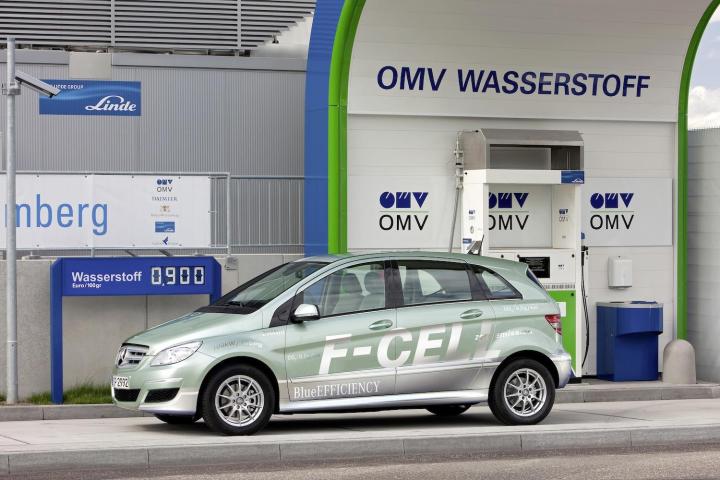
Hydrogen power is really here – and no I don’t mean the sun is attacking us.
Daimler the Mercedes parent is introducing a hydrogen filling station network to Germany.
The so-called “H2 Mobility” plan doesn’t refer to more tow trucks for stuck Hummers but rather Daimler’s goal of 100 hydrogen filling stations by 2017 and 400 by 2023. In making this plan happen Daimler will be partnering with Shell, which already has most of the world’s limited experience in running hydrogen fuel stations.
Up until now, finding somewhere to fill up has been a major problem for the handful of folks who actually own hydrogen-powered cars, as there are few in the U.S. By 2024, however, there will be over 100 hydrogen stations in California alone.
Hydrogen’s advantage is that it unlike electricity, it can be poured – even if that is just slightly more difficult than pouring gas.
How much more difficult? Well, the total cost of the project is estimated to be about $474 million, or a little over a million dollars per filling station. In short, this is not a cheap project and it may not get much cheaper in the next few years. However, by doing this, Daimler is getting the opportunity to lock up the market for the first real competitor to battery-powered EVs in the alternative fuel market.
Even more than the immediate practical ramifications for all those Germans, what this announcement says is that hydrogen fuel cell-powered cars are really here to stay. For the last twenty years we have been told that we would be driving hydrogen cars in ten years, and while that message hasn’t changed, you will be driving a hydrogen car in ten years.


